《北城·牵手》
这次,我们把镜头对准了西宁市城北区的40个家庭。通过“剪辑”,黑白相片和彩照的拼贴、组合,一个个关于“执子之手,与子偕老”的爱情成长的故事,以视觉艺术独有的真切感和见证感,凝固、定格下一个个岁月中温馨的瞬间。
这些由工人、农民、知识分子、公务员、打工者、下岗人员、退休干部等等不同社会身份组合成的社会最小细胞——家庭,不约而同地述说的故事,都是围绕着两个人不断成长、相濡以沫的爱情展开的。每个家庭的一组图片专题叙述了两个人的感情世界,透过爱情和家庭的甜美、和睦,折射出城北区这座新城区的变迁和发展。《北城·牵手》画册是以一种个性化的摄影创作方式,记录、拷贝一个时代和一段历史中属于家庭和爱情的那些温暖的记忆,回首当年滋味万般的爱之履历,咀嚼每个家庭从“计划经济”走向“市场经济”的艰难轨迹,酸甜苦辣,见证了青海高原上普通的百姓从贫穷走向富裕,从两个人的幸福走向儿孙满堂的圆满的过程。整理采集家庭相册一些关乎主人的生活片段和人生重要节点的影像,它们不仅是私人相册里独自玩味的凭证,而是蕴藏了政治、经济、文化的多种内涵,浓缩了青海人与共和国相伴走过坎坷、走过物质匮乏,迈向富足与幸福人生的历程。所以,这本特别的影像志,不论是结婚长达65年的星彩蓝宝石婚 ,还是结婚只有4年的花果婚,不论是90岁的耄耋老者,还是年龄只有27岁的年轻人,他们不论时间的长短,都在用每个家庭各自的幸福,诠释着生命的意义,婚姻的真谛,诠释着时代的进步。
西宁市城北区坐落在城乡接壤的地带,又是一个多个民族和睦共处的城区,影像志在记录时代、记录家庭的时候,时间跨度包容了1949年前后到改革开放的巨大时空,在社会类型上,兼容了城市和乡村,工业和农业。从这些家庭里讲述的故事中,涉及城北区城乡的变迁、潮涨潮落,涉及下岗再创业、种田打工、承包工程、跑运输、当村官、退休养老、个人兴趣爱好等等社会现象。一方面它在用影像记录、展示爱情和婚姻的历程和每一个人欢乐的记忆瞬间,重温无数城北人家在时代变迁中的幸福生活,另一方面它又是在展示风云变幻的年代,幸福的人们越过岁月、历史和现实,追寻爱的足迹。
这次活动的影像采集者深入到每个家庭,用黑白相片和彩照所具有的反差性影调、色调,强化时间的痕迹。遴选家庭照片的时候,把一些带有时代印记的物件、景致和姿态的照片重新组合,目的是将读者的视线带入特定的时代氛围和人物的内心世界中。在每一组照片最末一张照片的设计上,我们将主人公的结婚照或结婚前后的合影照投影到幕布上,并与当下现实世界的主人公最新合影,进行富有张力的虚实映照,试图用这个装置和摄影的混搭,让时间在这里打上一个具有间歇意义的分号,或者,挽留住您凝视的目光,让想象穿越时空,和他们产生情感上的共鸣或呼应,如果您在闲暇时间随手翻阅,注视并感受这一帧帧影像,相信这些影像会在漫漫流光中愈加清晰起来,当爱的温度、爱的芬芳、爱的力量徐徐散发的时刻,就是我们最希望看到的。
North City Join hands
This time, we focused our lens on forty households in Northern District of Xining. Through "clips", collages of black and white pictures combing with color photographs, we present family love stories of “hand in hand, growing old together” and witness and freeze frame on the warmth of the moments in the years with the unique visual art.
The various stories of the families—the smallest cells of the society formed by different social identities such as workers, farmers, intellectuals, civil servants, migrant workers, laid-off workers, and retired cadres—tell about one theme, that is the true love stories of two individuals about growing together and caring each other during hard times. Each family is described through sets of images of the emotional world of two people. The sweetness and peacefulness of love and loved couples reflect the change and development of this newly formed urban area of Northern District. The “Northern District—Joining Hands” records and copies these sweet memories of an era and a period of history belonging to these families and their love, recalls those love histories with all kinds of flavors, tests the hard path of each household from the “planned economy” to the “market economy”, and witnesses the process of ordinary people on the plateau marching from poverty to prosperity and from the happiness of a couple expending to a house with sons and grandsons pervading the hall. Collections of fragment images of life and life important nodes from family albums are not only the private evidences to ponder alone, but also hide multiple meanings of politics, economy and culture, concentrate the lifetime accounts of Qinghai people about the bumpy journey they have taken with the rest of the country through material deprivation towards a rich and happy life. Consequently, the stories of this unique album, no matter the 65-year “Star sapphire marriage”, or marriage with 4 years, or 90-year old seniors, or 27-year old middle-aged people, regardless of the length of the time, all illustrate the happiness of households, explain the meaning of life and marriage, and witness the progress of the era.
The Northern District of Xining is located in a border zone between urban and rural areas where multiple ethnic groups live together in harmony, this album contains a time span of around 1949 to the reforming and opening up time (since 1980s), social types of both urban and rural lives, as well as industry and agriculture. These stories of the families are associated with changes and ups and downs of lives and contain varies social aspects, such as laid-offs to entrepreneurship, engaging in farming and contract engineering, transportation service, village leaders, retirement, and personal interest and hobbies. On one hand, the photographic records show the process of love and marriage and memories of happy moments through which it retells the happy lives of numerous individuals in the Northern District during the changes of the era; on the other hand, it reveals the era with constant changes, during which happy people experience the passing years, the history, and reality to find the trace of love.
The photographic image collectors of this project visited households to take and collect photos and use the contrast tones of black and white photos and color photos to emphasize the trace of the time. During collection, images of objects, scenes and poses containing time marks were reorganized in order to take the sights of the readers to a specific time atmosphere and the characters’ inner world. On the design of the last picture of each set of photos, we projected the marriage photo, or photos taken around that time to the screens, and put the characters’ latest photos in the real life on the page to reflect difference. We tried to use a mixture of this design and photography to let the time still here, or to freeze your eyesight on them in order to let your imagination penetrate the time and place to have an emotional resonance or echo with them. If you flip through this album in your free time, watching and feeling each image, we believe that these images will be increasingly clear as time tick away. When the temperature, fragrance and the power of love slowly send out, it is the moment we most want to see.
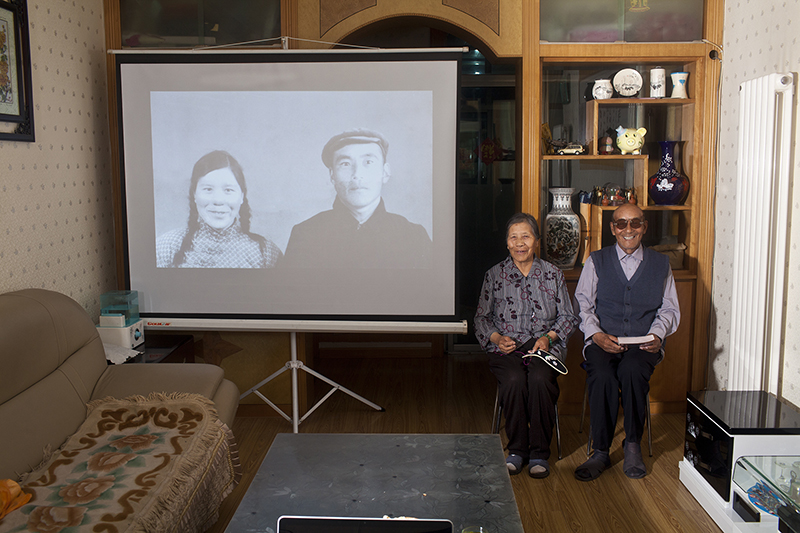
刘维文80岁 魏爱英76岁 1968年留影/2013年
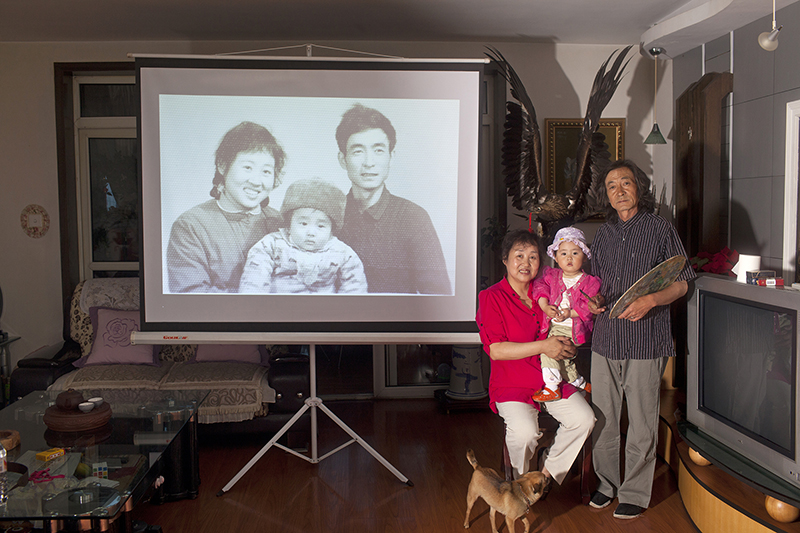
成克昌59岁 李国芳57岁 1982年和儿子/2013年和孙子
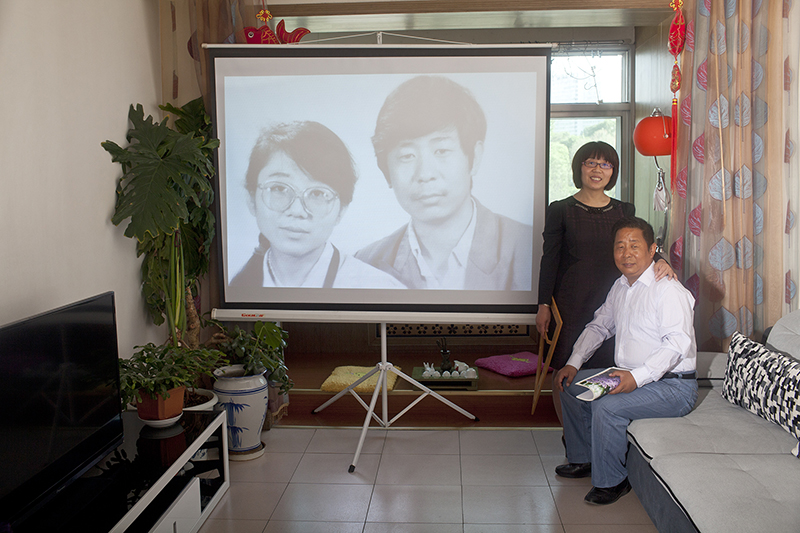
王明德46岁 邢青云43岁 1993年留影 /2013年
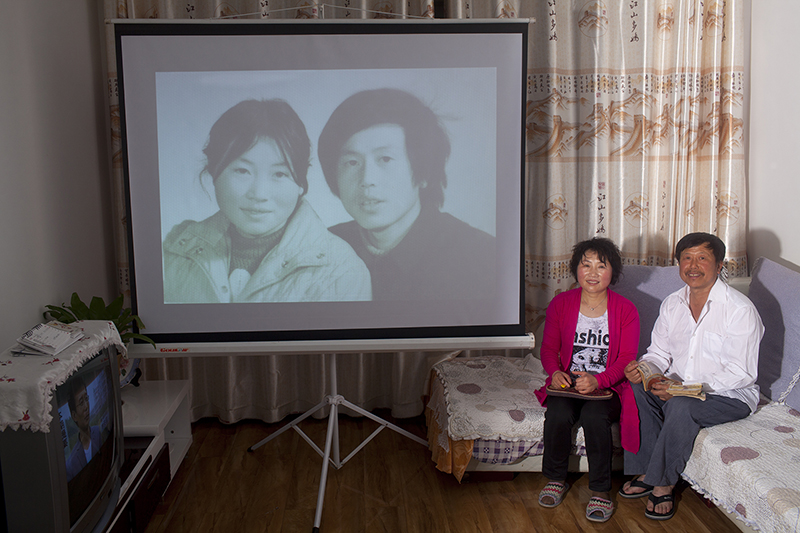
金学炎52岁 伍春容49岁 1987年结婚照/2013年
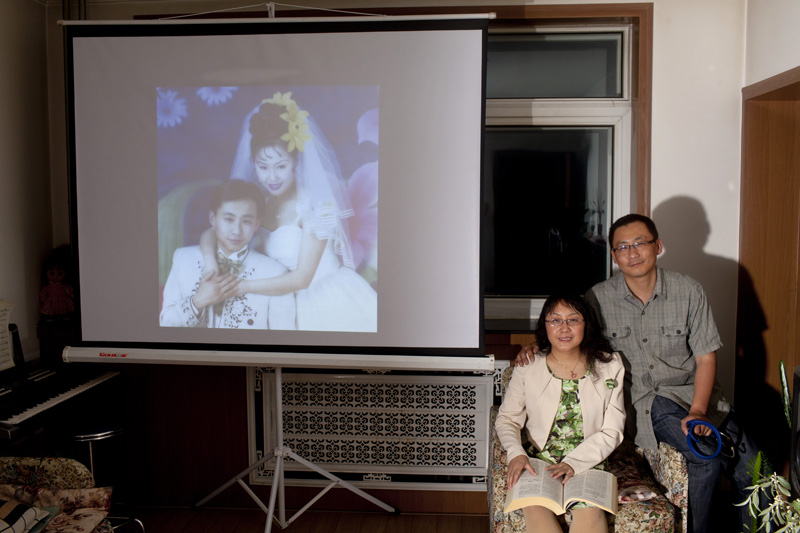
贾华40岁 王生美39岁 1999年结婚照/2013年
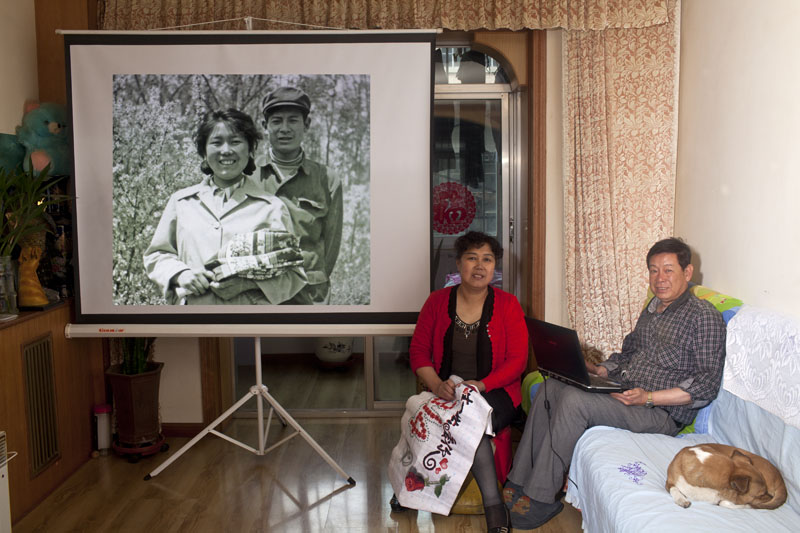
刘志明53岁 宣晓华53岁 1982年留影/2013年
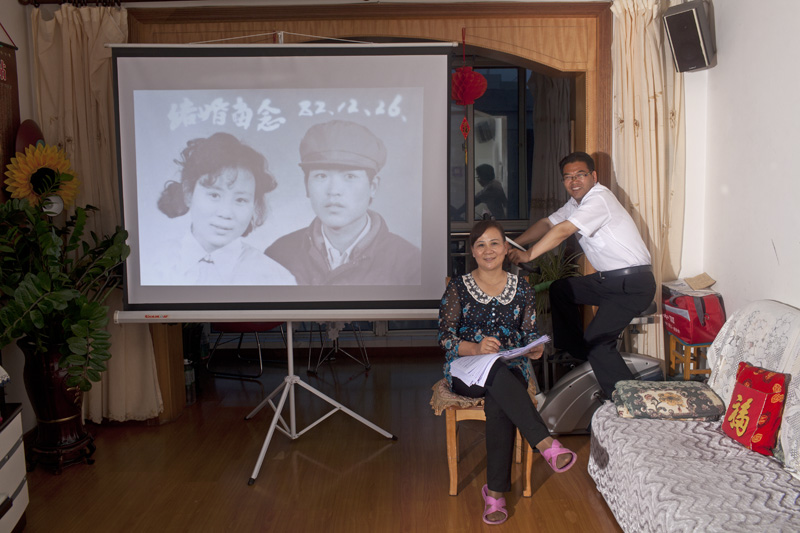
梁建福58岁 李桂瑛55岁 1982年留影/2013年
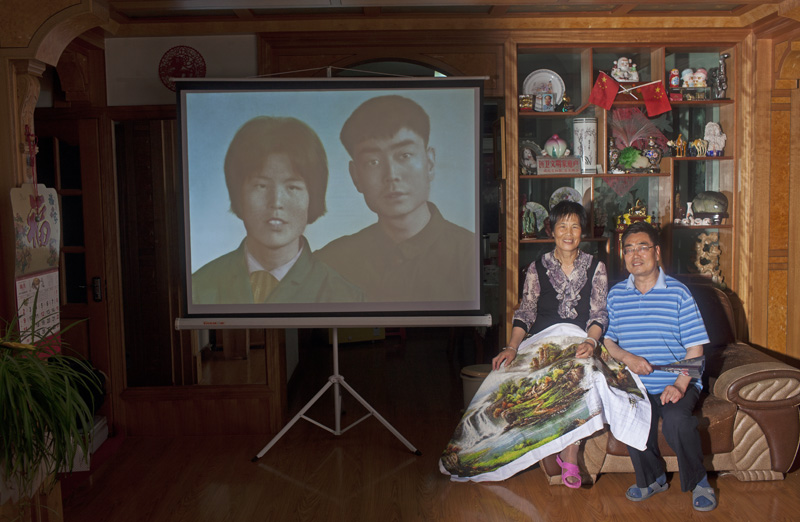
李永祯59岁 张生秀60岁 1972年留影/2013年
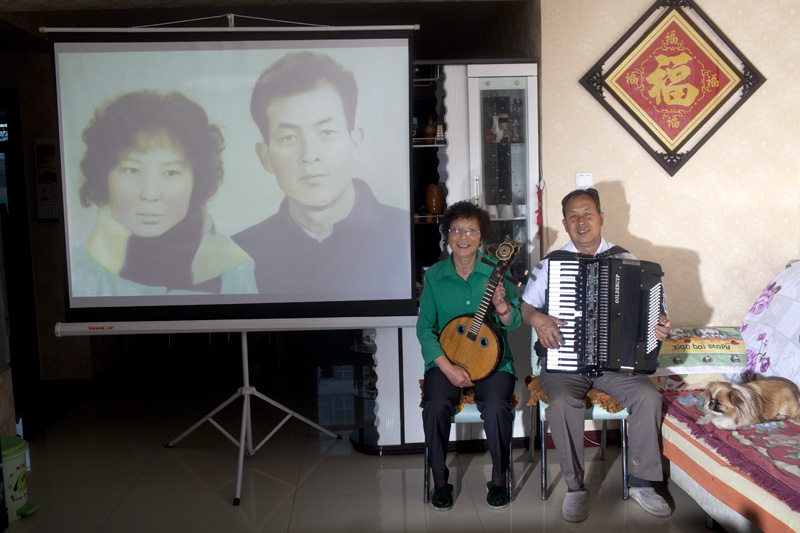
张伯清60岁 杜玉梅58岁 1982年留影/2013年
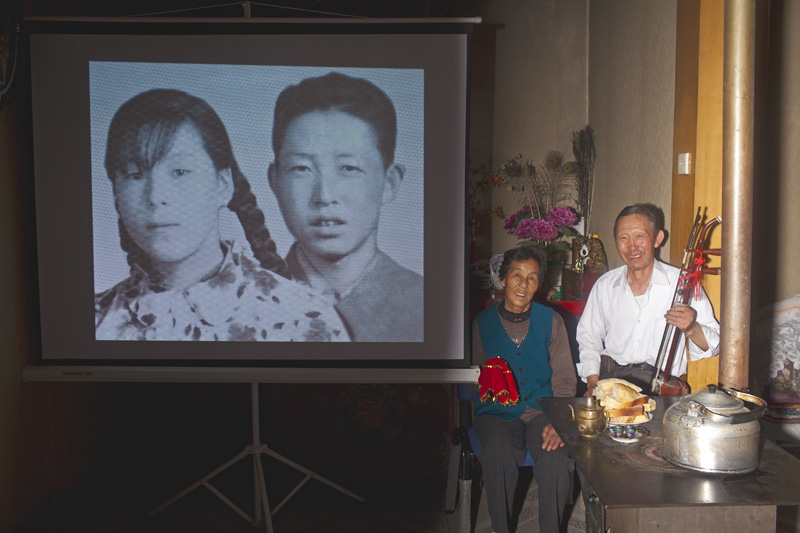
宋顺德66岁 李发桂66岁 1966年留影/2013年
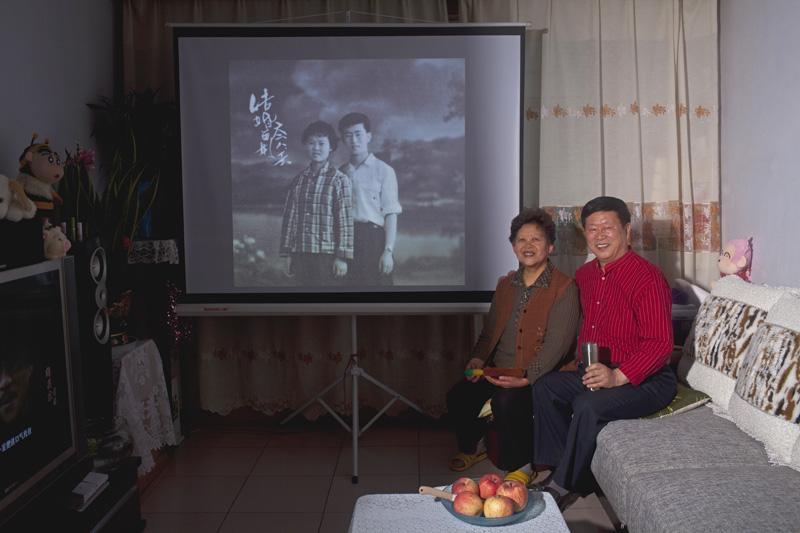
徐殿海72岁 吕明71岁 1962年结婚照/2013年
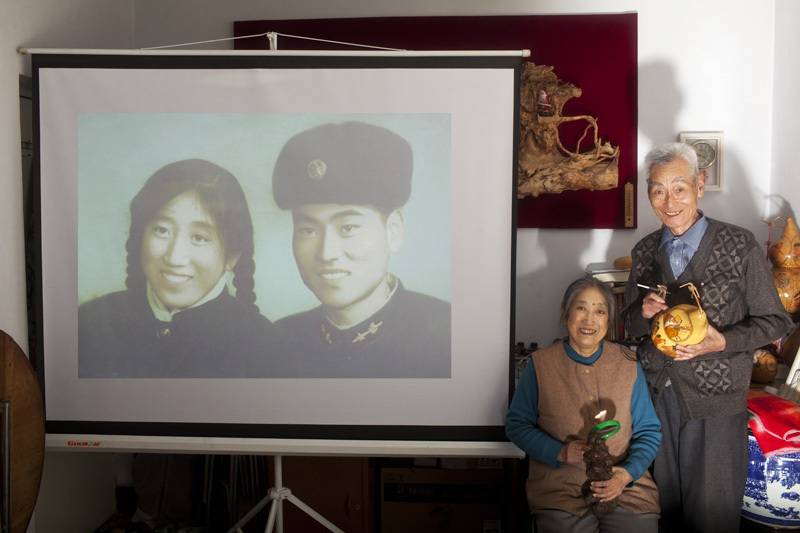
刘玉启75岁 王继荣70岁 1964年订婚留影/2013年
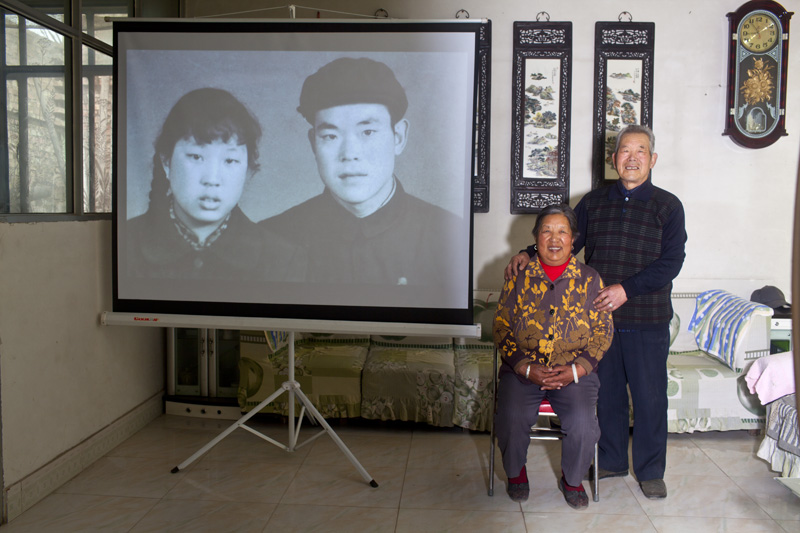
戴全魁73岁 卫峰67岁 1963年留影/2013年
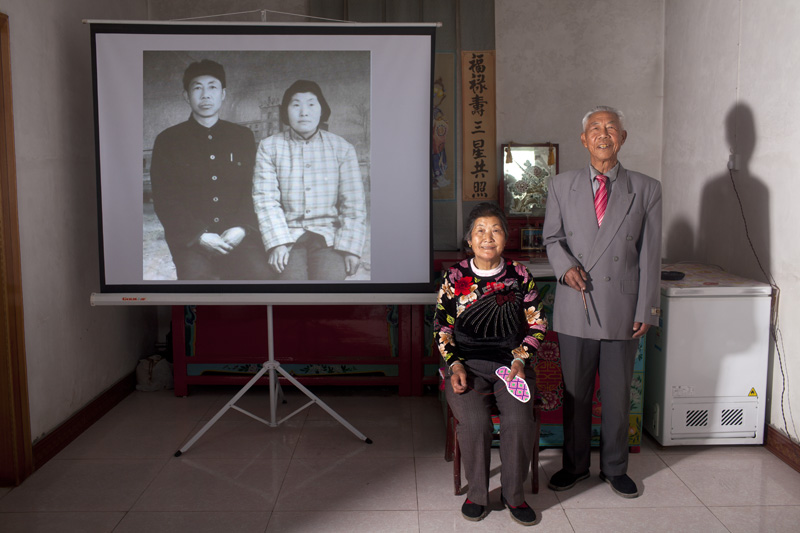
陈生骥77岁 贾启梅73岁 1955年留影/2013年
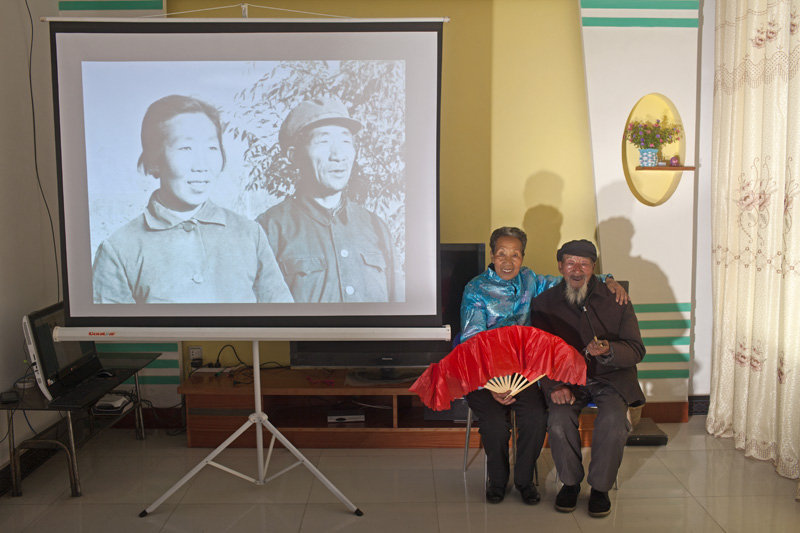
张正服80岁 景生花75岁 1971年留影/2013年
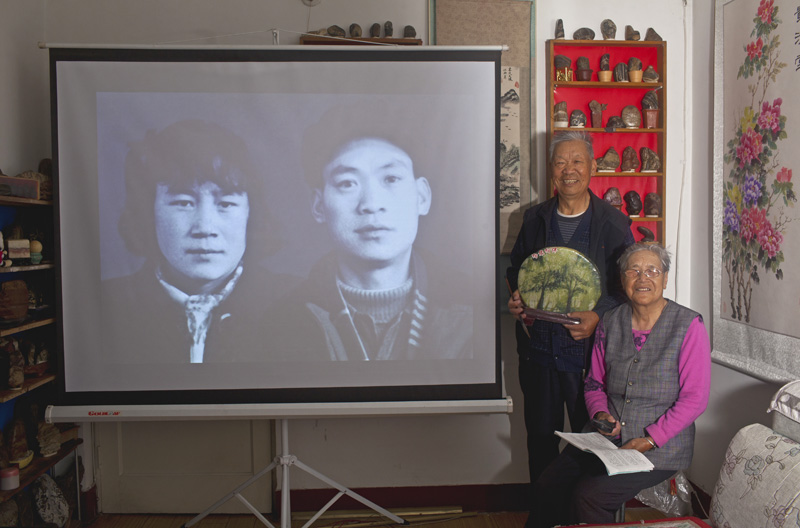
祁永儒81岁 钟铨76岁 1959年留影/2013年

崔兆福82岁 莫桂芳78岁 1960年留影/2013年
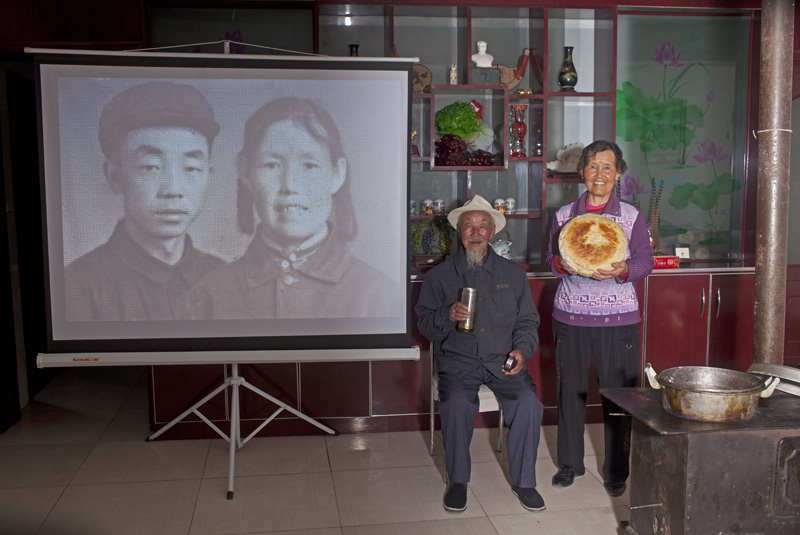
郭生寿83岁 纳守梅73岁 1957年留影/2013年

崔兆福82岁 莫桂芳78岁 1960年留影/2013年
